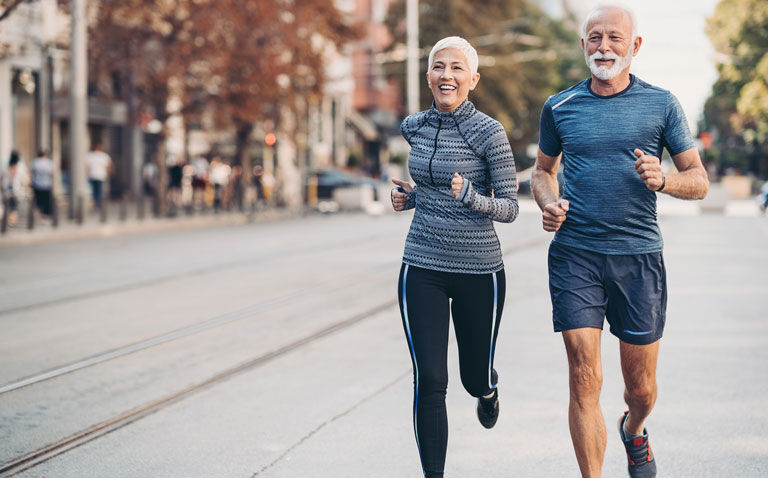Greater regular physical activity appears to be protective and associated with a lower likelihood of adverse outcomes in COVID-19
Greater regular physical activity reduces the risk of infection, hospitalisation, severe illness and death from COVID-19 in comparison to those who are inactive according to the findings of a systematic review and meta-analysis by a team of Spanish researchers.
Some degree of physical activity is better than none but greater regular physical activity is best for optimal health outcomes according to a World Health Organisation guideline from 2020. Physical activity has a beneficial impact on the immune system and also appears to have protective associations against infectious disease mortality.
Moreover, it also appears that the converse is true, particular in relation to COVID-19. For example, in a study of over 48,440 adult patients with a COVID-19, those who were physically inactive had a higher risk of hospitalisation, admission to intensive care and death compared to those who were consistently meeting physical activity guidelines.
But the extent to which greater regular physical activity impacts on adverse COVID-19 outcomes has not been quantified and was the purpose of the present systematic review and meta-analysis by the Spanish team.
The researchers looked for studies in adult patients with and without a COVID-19 diagnosis, where the exposure of interest was physical activity and when the outcomes of interest, e.g., infection, hospitalisation, were measured. The outcomes were assessed and pooled using odds ratios and relative risks.
Greater regular physical activity and COVID-19 outcomes
A total of 16 studies with 1,853610 participants and a mean age of 53.2 years (53% women) were included in the analysis. The amount of physical activity was self-reported in most of the studies though in cases where it was measured, this involved direct assessment using accelerometers or smart devices.
Adults engaging in greater regular physical activity and in comparison to those who were classed as inactive, had a lower risk of infection with COVID-19 (relative risk, RR = 0.89, 95% CI 0.84 – 0.95, p = 0.014), hospitalisation (RR = 0.64, 95% CI 0.54 – 0.76, p < 0.001), severe illness (RR = 0.66, 95% CI 0.58 – 0.77)) and death (RR = 0.57, 95% CI 0.46 – 0.71, p = 0.001).
In subgroup analysis, the researchers found that the beneficial effects of greater regular physical activity were independent of both study design and the instrument used.
The team also identified a non-linear dose-response relationship between physical activity when expressed as metabolic equivalent of task (MET)-min per week and severe COVID-19 illness and death but not for either infection or hospitalisation. In other words, there was a flattening of the dose response between regular physical activity and death at 500 MET-min per week and which is equivalent to 150 – 300 minutes of moderate intensity physical activity per week.
The authors concluded that their findings highlighted the importance of physical activity in lowering the risk of infection hospitalisation and severe outcomes in COVID-19, particularly where this level of activity matched the guideline-recommended amounts of 500-MET min/week.
Citation
Ezzatvar Y et al. Physical activity and risk of infection, severity and mortality of COVID-19: a systematic review and non-linear dose–response meta-analysis of data from 1 853 610 adults Br J Sports Med 2022










